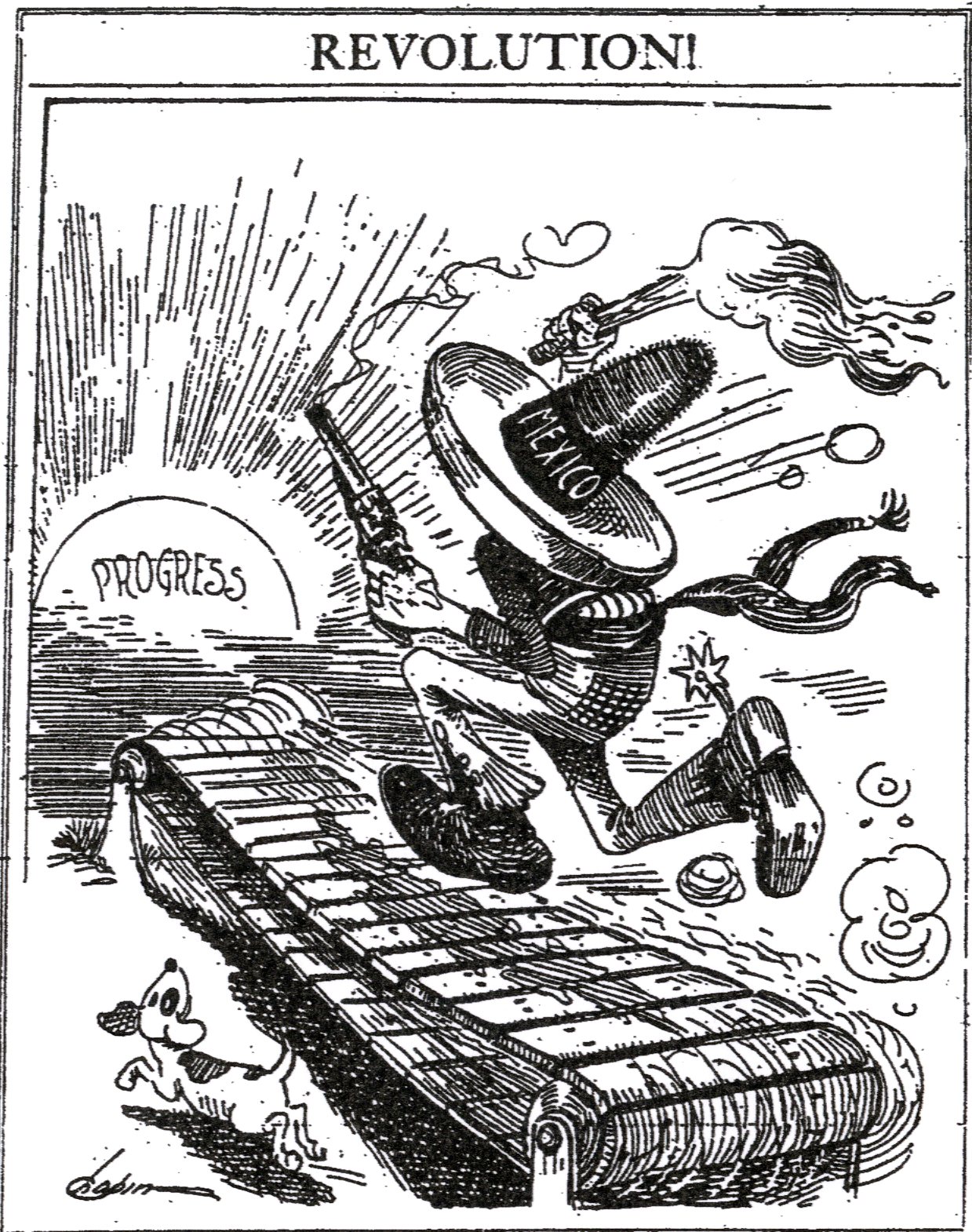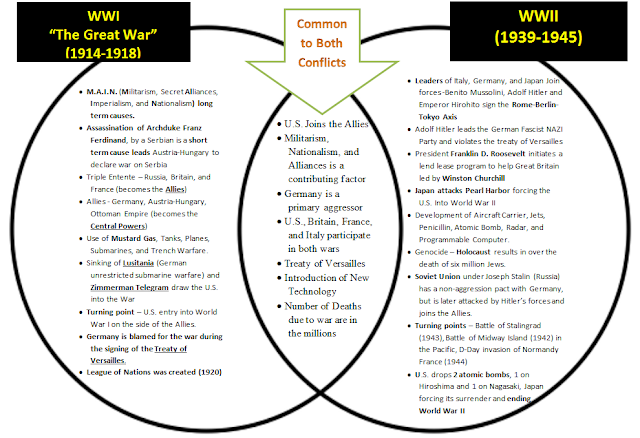How To Analyze a Political Cartoon: 6 Steps
How to Analyze a Political Cartoon: 6 Steps
Hey P2G Chelsea,I just wanted to remind you that our P2G Math site, developed by the talented P2G math team, that also includes Mr. P is available help you study on your own terms. The website is:
WWW.P2GMATH.COM
Remember when testing it is important for you to stay positive even when you don't get the results that you want. Pat yourself on the back for what you have been able to accomplish, and set out on a plan for any work that still needs to be done. You are your greatest ally. Remember that the teachers at P2G are a resource meant to assist you on this vital personal journey.
Objective: To Explain the Steps Involved to Interpret a Political Cartoon
6 Steps to Analyze a Political Cartoon
1. Let your eyes"float" over the cartoon. Artists know what will capture the mind's attention first. Allow your mind and your eyes to naturally find the portion of the cartoon that most stands out. Most often, this will be a caricature, which is an exaggeration or distortion of a person or object with the goal of providing a comic effect. Notice that at the center of the cartoon below is the word "Slavery." In the cartoon below, Lincoln is seen chopping down the "tree of slavery." Who is apparently holding onto the tree? If you look closely you will see a confederate flag near the man in the tree.
2. Follow the cartoon's natural flow by discovering the interaction with the primary focus (found in step 1). If it's a person, to whom are they talking? Where are they standing? If it's an object, what is being done to the object? What is it doing there? Most often, you can look around the immediate vicinity of the primary focus to find what is being described. This is usually an allusion, or an indirect reference to a past or current event that isn't explicitly made clear within the cartoon.
3. Determine the audience. What section of the population is the publication geared towards, and in what country and locality? A political cartoon will be created with consideration to the experiences and assumptions of the intended audience. For example, a political cartoon created for government propaganda will usually put positive symbols depicting their nation. Like the Uncle Sam painted as a hero, or being attacked by others without any provocation..
4. Understand the context of the cartoon. More often than not, the political cartoon will be published in context, meaning that it is associated with the main news story of the day. If you are viewing a political cartoon outside of its original publishing time frame, you will want to be aware of current and past historical events. For example, if they are talking about counting ballots during the 2000 election, they are referring to the idea that the election results were contested, primarily in Florida between Al Gore and George Bush.
5. Look for widely recognized symbols. Some metaphors are commonly used by political cartoonists. For example:
Uncle Sam or an eagle for the United States, the American flag or the likeness of a president
John Bull, a bull dog, the union jack flag, (Britannia or a lion in rare cases) for the United Kingdom
A beaver or maple leaf for Canada
A bear for Russia, a hammer and sickle for communism or communist Russia also known as The Soviet Union
A dragon for China or in some cases a panda bear the great wall of China, a Soldier with a rifle and one star on the uniform
A red sun (pictured as a dark circle with a white background in black and white cartoons) for Japan
A man with a sombrero for Mexico or an eagle eating a snake

6. Look at minor details in the cartoon that will contribute to the humor or the point of the cartoon. Often, words or pictorial symbols will be used to convey minor themes or ideas, but they are found in the background or on the sides of the cartoon.
Look Below for the Answers to the Multiple Choice Questions:
Look Below for the Answers to the Multiple Choice Questions:
3
4
2
1
2
4
4










Comments
Post a Comment